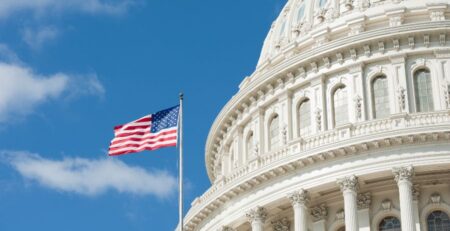Public Pensions and the Assets That Could Sustain Them
For decades, when cash was scarce, corporate pension-plan sponsors have made in-kind contributions — non-cash assets such as securities and real estate — to fund their retirement plans. US Steel, for example, contributed 170,000 acres of timberland to meet its pension liabilities. General Motors used securities from a subsidiary company. Facing bankruptcy, Pan American World Airways transferred the lease for its flagship terminal at New York’s Kennedy Airport to its pension funds. These private-sector plan sponsors looked to their balance sheets for assets they could monetize by contributing them to their pension funds.
Given the fiscal struggles that so many state and local governments face, it might seem that the idea of funding public retirement systems with cash-generating public assets or dedicated funding streams from them would be one that would have caught on long ago. It’s an idea that, done properly, is worth considering. Yet state and local policymakers have only recently begun to follow the lead of corporate America. Most recently, New Jersey Gov. Chris Christie cited the private sector’s practice of transferring assets to pension funds when he proposed funding his state’s beleaguered public pension plans with revenues from the state’s lottery.
The governor maintained that the strategy would immediately reduce the pension system’s current unfunded liability (which is based on the actuarial assumptions for the fund), increase its funded ratio (a measure of its assets’ market value), and lower the amount the state would have to pay into the system in coming years. He reckoned this would please taxpayers, bond investors, credit-rating agencies and public employees alike.
Full Content: Governing










